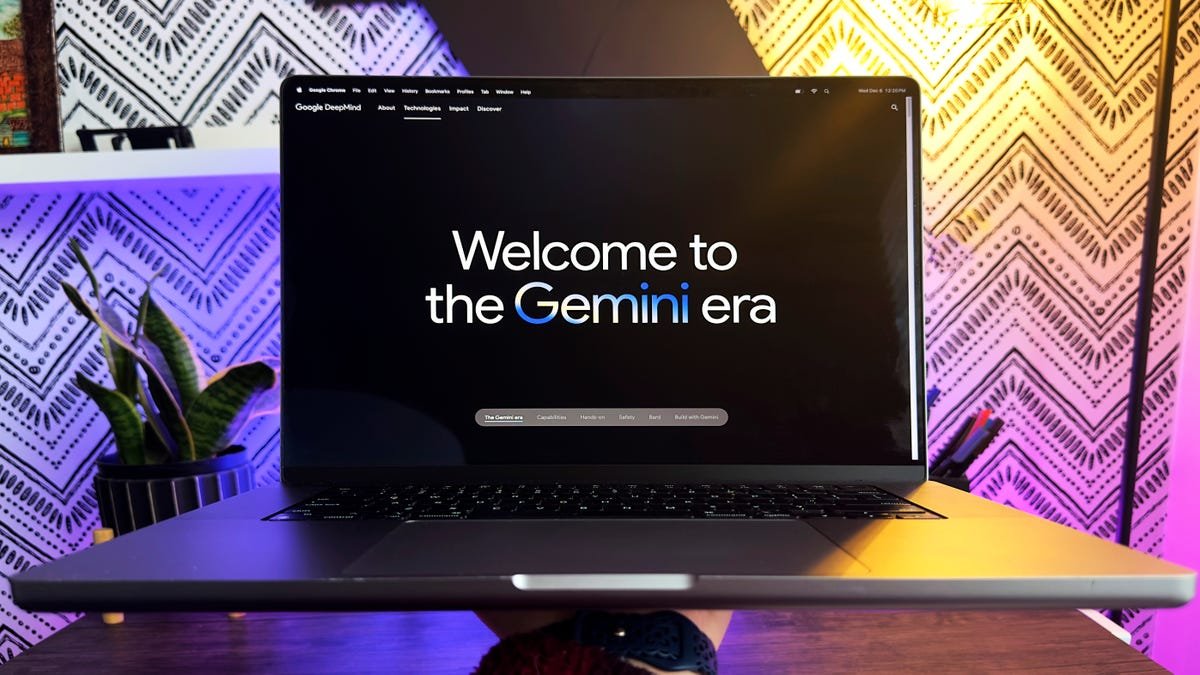Runway Launches API for AI-Generated Video: A New Era of Innovation
Introduction: The Future of Video Creation
In a groundbreaking announcement today, Runway, a prominent player in the field of AI-driven video generation, unveiled its highly anticipated API. This initiative is designed to empower developers and companies by integrating Runway’s generative AI models into various third-party applications and platforms. With an increasing demand for innovative video content creation, this move is poised to enhance Runway’s position in an increasingly competitive landscape of AI startups focused on video technology.
Limited Access Launch: What’s Available
Currently, access to the Runway API is available via a waitlist, and it offers users a singular model option — the Gen-3 Alpha Turbo. This model, although faster, is a simplified version compared to Runway’s flagship Gen-3 Alpha. The API presents two primary plans: Build, targeting individuals and smaller teams, and Enterprise, which caters to larger organizations. Pricing starts at a cent per credit — wherein five credits equate to just one second of generated video. Notably, Runway reports that renowned partners, including the marketing powerhouse Omnicom, are already leveraging this API.
Unique Disclosure Requirements
One standout feature of the Runway API is its stipulation for transparency. Any platform utilizing this API must feature a "Powered by Runway" banner prominently displayed, linking back to Runway’s website. This requirement is implemented to ensure that users are aware of the technology informing the applications they engage with, reinforcing Runway’s commitment to responsible AI usage.
Competitive Landscape: Runway vs. Rivals
Runway operates in a fiercely competitive arena, contending with giants like OpenAI, Google, and Adobe. Each of these companies is developing video generation technologies aimed at reshaping the content creation process. OpenAI, in particular, is expected to unveil its own video generation model, Sora, soon, while emerging startups like Luma Labs refine their innovative technologies, increasing the pressure on Runway to differentiate itself.
Luma Labs Launches Its Own API
In a striking development that appears timely, Luma Labs announced its video generation API, which lacks a waitlist and boasts capabilities that surpass those currently offered by Runway. Notably, Luma’s API allows users to manipulate the virtual camera within AI-generated scenes, providing additional creative control.
API Rollout: A Path to Profitability
While the rollout of the Runway API signifies a pivotal moment for the company, it remains to be seen how this will contribute to its profitability. Despite the potential for revenue generation through credits used in the API, lingering questions about the legal ramifications of generative AI technology cast a shadow over its prospects.
The Legal Landscape: Training Data Concerns
Runway’s video-generating models are developed through training on vast datasets gathered from existing footage to discern and replicate visual patterns. However, the question of where this training data originates remains ambiguous, as Runway has refrained from disclosing specific sources — likely due to competitive sensitivities.
Copyright Concerns: A Growing Issue
Amid these developments, allegations have emerged regarding potential misuse of copyrighted material during training. A July report from 404 Media uncovered a document allegedly detailing links to training data that included references to YouTube channels owned by major companies like Netflix, Disney, and others. If proven accurate, this could expose Runway to significant legal challenges concerning intellectual property rights.
Industry Precedents: Are Others at Risk?
Runway is not alone in grappling with these challenges. Earlier this year, OpenAI’s CTO hinted at the potential use of YouTube content in training its model Sora. Similarly, Nvidia has reportedly included YouTube videos in its Cosmos video-generating model. As these giants tread carefully, many in the sector are questioning the ethical implications of sourcing training material from popular platforms.
Fair Use Doctrine: A Double-Edged Sword
A faction of generative AI firms is banking on the fair use doctrine to shield themselves legally. Some industry leaders assert this can provide them with a legal safety net, while others promote a more conservative approach to training data sourcing. For instance, Adobe is reportedly compensating artists for video clips used in training their generative model Firefly, demonstrating a more ethical pathway in AI development.
Competing Policies: Indemnification Stances
In terms of risk management, Luma’s terms of service include assurances to indemnify customers against intellectual property violations. Conversely, Runway has not adopted a similar policy but did announce a partnership with stock media library Getty to create more commercially viable versions of its products, even as uncertainty looms over its training practices.
The Disruptive Potential of Generative AI
Regardless of how the coming legal battles unfold, it is evident that tools based on generative AI are on the verge of transforming the film and television industries dramatically. A 2024 study commissioned by the Animation Guild discovered that a staggering 75% of film production companies utilizing AI have already downsized, consolidating jobs or eliminating roles entirely. The report forecasts that over 100,000 U.S. entertainment jobs could be affected by generative AI by 2026.
The Ethical Implications: Need for Standards
The shift toward AI-driven video generation calls for a re-examination of ethical and legal standards in the industry. With generative tools becoming increasingly accessible, the potential for misuse or exploitation of copyrighted material looms large. Industry players must prioritize ethical sourcing of training data to build a sustainable foundation for future AI developments.
Conclusion: Navigating the Future of Video Generation
As Runway rolls out its generative AI API, the implications extend far beyond mere technology. The integration of such capabilities into third-party platforms signals the dawn of a new era where creativity meets algorithmic prowess. However, this journey is fraught with challenges — from ensuring compliance with evolving legal frameworks to establishing ethical norms for data usage. The path forward for Runway and its competitors hinges not only on innovation but also on their ability to navigate these turbulent waters responsibly. With the stakes rising, the world will be watching closely how these developments reshape the landscape of content creation.







